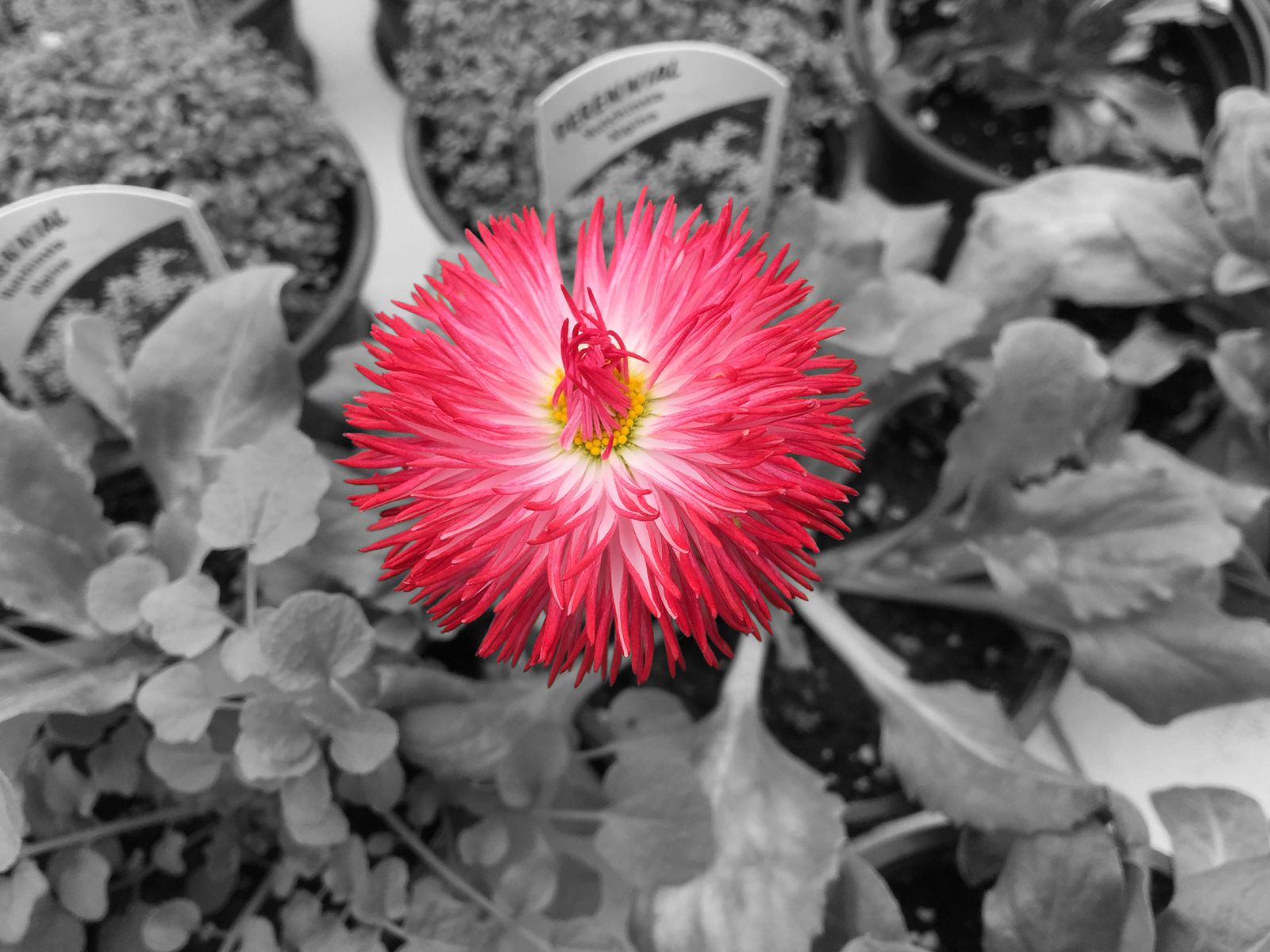
For many gardeners, the idea of a beautiful garden that requires minimal upkeep is very appealing. Whether you have a busy lifestyle or simply prefer to spend more time enjoying your garden than working in it, a low-maintenance garden can be both attractive and practical. Here are some tips to help you create a garden that looks great with minimal effort.
#1. Choose the Right Plants
Selecting the right plants is key to creating a low-maintenance garden. Opt for hardy, drought-tolerant plants that are well-suited to your local climate and soil conditions. Some excellent choices for UK gardens include:
- Lavender: Drought-tolerant and attracts pollinators.
- Sedum: Low-growing and requires little water.
- Echinacea: Hardy and long-blooming.
- Hosta: Shade-tolerant and low-maintenance.
- Grasses: Ornamental grasses add texture and require minimal care.
#2. Use Mulch
Mulching your garden beds is one of the best ways to reduce maintenance. Mulch helps to suppress weeds, retain moisture, and improve soil health. Use organic mulch, such as bark chips, straw, or compost, and apply a layer about 2-3 inches thick around your plants.
#3. Group Plants by Water Needs
Grouping plants with similar water requirements together can make watering more efficient and reduce the risk of over- or under-watering. Create zones in your garden for plants that need regular watering and those that can tolerate dry conditions.
#4. Install Drip Irrigation
A drip irrigation system can save you time and water by delivering moisture directly to the roots of your plants. This method reduces water waste and ensures that your plants receive consistent hydration. Set up a timer to automate the watering process and further reduce your workload.
#5. Minimise Lawn Areas
Lawns can be high-maintenance, requiring regular mowing, watering, and fertilising. Consider reducing the size of your lawn or replacing it with low-maintenance alternatives, such as ground covers, gravel, or paving. If you do keep a lawn, choose a slow-growing grass variety that requires less frequent mowing.
#6. Choose Low-Maintenance Features
Incorporate low-maintenance features into your garden design, such as gravel paths, raised beds, and container gardens. These elements can add structure and interest to your garden while reducing the amount of time you spend on upkeep.
#7. Prune Sparingly
While some plants require regular pruning to maintain their shape and health, others can be left to grow naturally. Choose plants that need minimal pruning and focus on removing only dead or damaged growth. This will save you time and effort while keeping your garden looking tidy.
#8. Use Perennials
Perennial plants come back year after year, reducing the need for replanting. Choose a variety of perennials that bloom at different times of the year to ensure continuous colour and interest in your garden. Some low-maintenance perennials for UK gardens include:
- Geranium: Long-blooming and hardy.
- Daylily: Easy to grow and comes in many colours.
- Heuchera: Attractive foliage and low-maintenance.
- Astilbe: Shade-tolerant and adds texture.
#9. Limit Weeding
Weeding can be one of the most time-consuming garden tasks. Reduce the need for weeding by using mulch, ground covers, and densely planting your garden beds. When weeds do appear, remove them promptly to prevent them from spreading.
#10. Enjoy Your Garden
The most important aspect of a low-maintenance garden is that it allows you to spend more time enjoying your outdoor space. Take the time to relax, observe the wildlife, and appreciate the beauty of your garden without the constant need for upkeep.
By following these tips, you can create a low-maintenance garden that is both beautiful and easy to care for. Happy gardening!
#Suggested Image
Filename: low-maintenance-garden.jpg
This image should depict a well-designed, low-maintenance garden with a variety of hardy plants, mulch, and low-maintenance features.